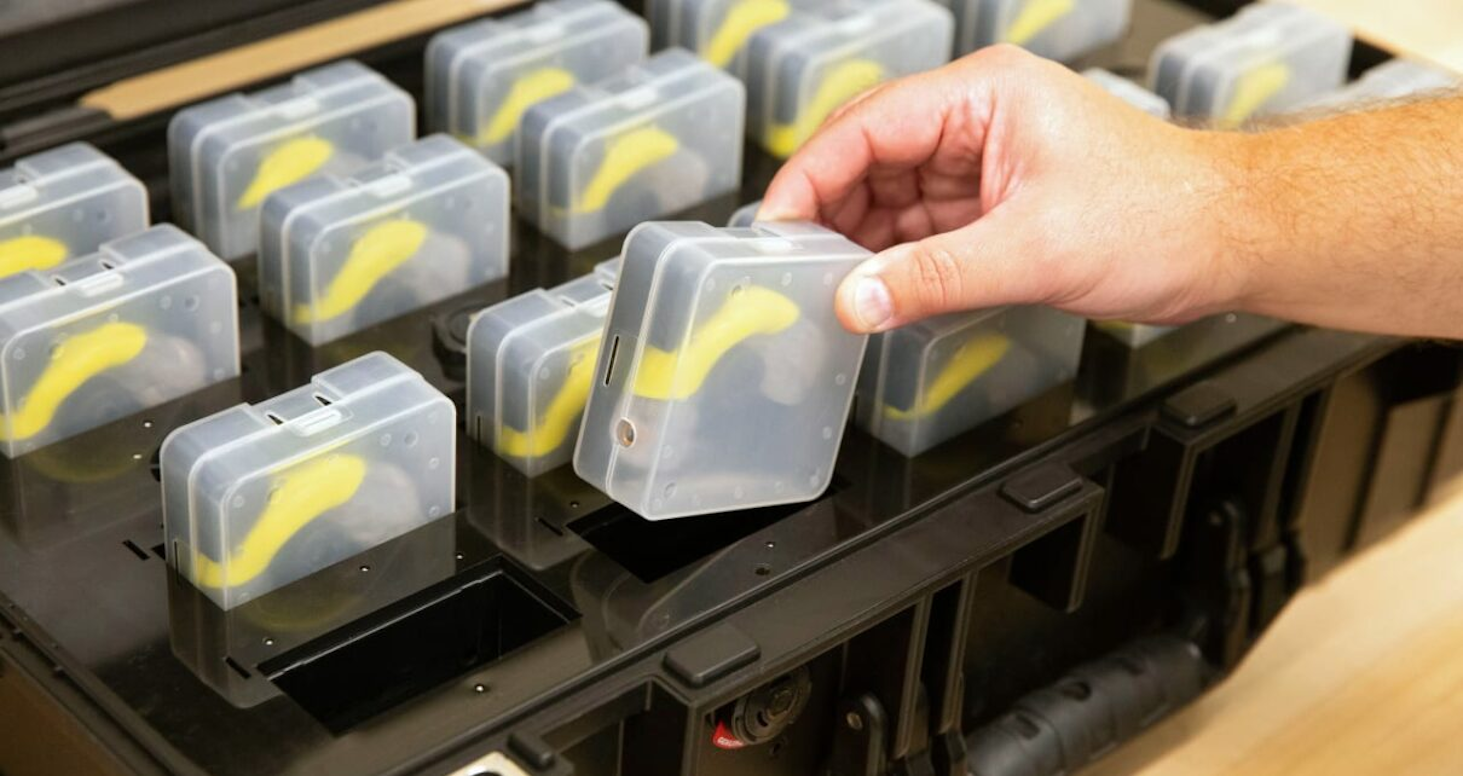The health and safety of NFL athletes is always at the forefront of the league.
This has been seen in recent changes to the kickoff rule and in how players ramp up at the beginning of the preseason to avoid lower-extremity injuries.
Those decisions have all been spurred by the league’s commitment to data collection and data-driven adjustments, something the latest player health and safety feature released on Tuesday dives deep on.
“We have access to vastly more information than we had before,” Jeff Miller, the NFL’s executive vice president, explains in the video. “The insights that we can glean from it as it relates to rules changes, practices habits, equipment that can lead to more players available, more opportunities for players to do their best on field, which is a win for everybody.”
One of the keys to capitalizing on the widening range of information is to look past simply analyzing one team’s data, and instead aggregate league data seen across all 32 clubs, something NFL chief medical officer Allen Sills believes gets “answers much more quickly for everyone.”
Accompanying the growth in technology, there’s also been a growth in the mindset of coaches on using every nugget of information available to better grasp player physicality beyond the Xs and Os.
“In the recent years, there’s been a pretty big paradigm shift within the NFL,” Tyler Williams, Vikings vice president of player health and performance, explains. “Coaches want to understand and know more information about their athletes than ever before. And technology provides that pathway, that avenue to give them that information.”
Technology like data sensors, the star in this player heath and safety feature, is being implemented in multiple ways.
For instance, RFID (radio frequency identification) tags are placed on both sides of participating players’ shoulder pads throughout entire seasons, which are activated and communicate movement during each game day.
Those tags allow scientific measurement of a player’s speed and location, and they’re also supplemented by some players using advanced mouth guards that help detect head impacts.
“When a player is hit in the helmet or uses his helmet as part of a tackle or a block, that will register with the mouth guard sensor,” Miller says. “That’s providing us information about what the head sees much more closely than anything else that we can put on his body or in his equipment.”
The special mouth guards are created by dental professionals using iTero intraoral scanners from Align Technology, an NFL partner, and personalized with embedded sensors.
Along with the RFID tags in shoulder pads, these data sensors are shaping the way the NFL is played today and in the future — in a way that aligns the best product with the safest product, all while understanding individual player needs.
“We have so much more data available to us now to understand each player, what they do in training, how much efforts they put into practice each day and throughout the course of the season,” Sills says. “So it’ll be this whole concept of personalized medicine. We’re going to make it specific to each player.”
Miller highlights the helpfulness of the specificity of data in his closing thoughts, as well.
“An NFL player is unique,” he says. “The speeds, the weight, the forces that that person experiences is unlike anything that the rest of us do. And so being able to understand those, define those and then be able to explain and then put an action plan against those is something that we’re really starting to be able to do.”

